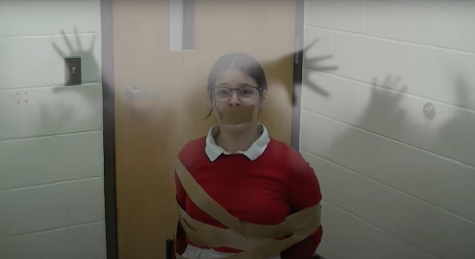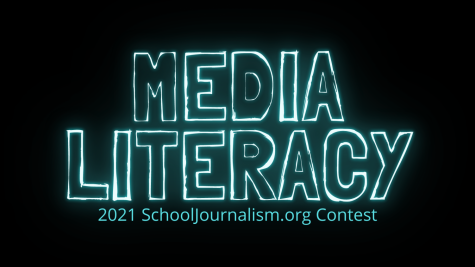Textbook emphasizes developing a powerful narrative and a unique voice in student journalism
Journalism textbooks often stick to the fundamentals of writing, but the third edition of The Radical Write offers teachers and students something different.
“I want students to write interesting stories, and I’m not that interested in all the old-school nit-picky rules about style and form,” Bobby Hawthorne said.
Hawthorne’s textbook, The Radical Write, offers readers a humorous inquiry into the content of student publications. Hawthorne is a popular presence at journalism workshops and seminars for high school students across the country. Nearly 10 years ago, Hawthorne retired from the University Interscholastic League, an organization that coordinates extracurricular activities for all Texas public schools, where he served as director of academics and director of journalism.
He also is the author of Longhorn Football: An Illustrated History, and Home Field, both published by the University of Texas Press. Hawthorne has also garnered many awards throughout his career.
The Radical Write, which covers reporting and writing for student media, includes suggestions to the content clichés that he has seen in high school journalism.
“Students too often default into cliché because they failed to do a decent job of reporting,” he said. “They didn’t find the right person. They didn’t ask the right questions. They didn’t ask the obvious questions. Consequently, the article re-cooks a stew that went bad long ago.”
Instead of relying on these clichés, Hawthorne said students should focus on reporting stories about real people.
“Tell stories about people who have profound experiences, not merely superficial opinions,” he said.
Hawthorne said each story should also offer readers content that they cannot find elsewhere.
“Your publication will survive only as long as it’s indispensable,” he said. “If I can find a story about this topic or that issue on Google, that’s where I’m going first.”
The Radical Write emphasizes the importance of the narrative and the student’s development of their own voice.
“They must learn to trust their voice, to write in their natural voice instead of the ‘writing’ voice they’ve been drilled in to prepare for standardized tests,” Hawthorne said.
Hawthorne said he often advises his students to use their cell phones when they have writer’s block.
“I tell them to walk out the room, find a quiet place and talk it out into their cell phones,” he said. “Just say what you mean, then write it verbatim.”
Hawthorne said this often allows students to write in a more genuine way.
Throughout the book, Hawthorne emphasizes including emotion in each and every story.
“Accuracy is essential, but accuracy is more than getting numbers and dates and addresses right,” he said. “It’s as important, perhaps more important, to understand the landscape of the story, the context, the emotional underpinning.”
For more information on The Radical Write, visit Hawthorne’s website.











